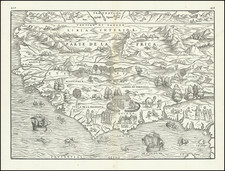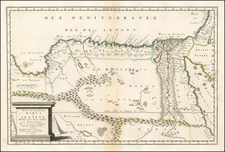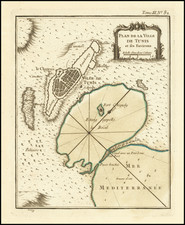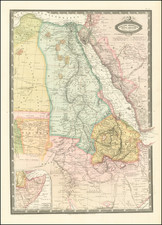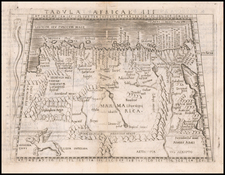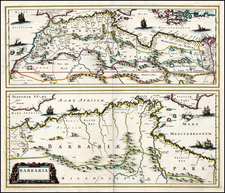Scarce map of the Upper Nile and White Region, illustrating the travels of Stanislaus Carcereri in 1871-1873.
Father Stanislaus Carcereri (1840-1899), along with six members of his order, played a vital role in the beginnings of missionary work planned by Africa Commissioner Daniele Comboni (1831-1881) for Upper Egypt and Sudan. The project began in Cairo in 1867, when Comboni founded two institutes to train native catechists, teachers and craftsmen to be sent to the interior of the continent. Carcereri was one of the pioneers of this company. Comboni appointed him head of the African project and assigned him the task of seeking official recognition of this mission.
Carcereri dedicated much of his efforts to fighting the slave trade.
On October 26, 1871, Father Stanislaus and his companion, Father Franceschini, traveled up the Nile for a month, to the town of Kurusku - the gateway to the great desert, then spent 15 days venturing overland via Berber to Khartoum. Carcereri next traveled with his caravan to Hassenien and visited other unknown and virtually inaccessible places. On January 15, 1872, he arrived in El-Obeid. After 82 days of travel, the missionary and explorer reached the capital of Kordofan, the gateway to sub-Saharan Africa.
From El-Obeid, he sent a detailed report and a map of the region to Europe, which was celebrated both by the church and science community, for its details regarding unknown geological and ethnographic information. Various universities expressed their appreciation to Carcereri for his scientific merits. The city of Rome named a street after him.









